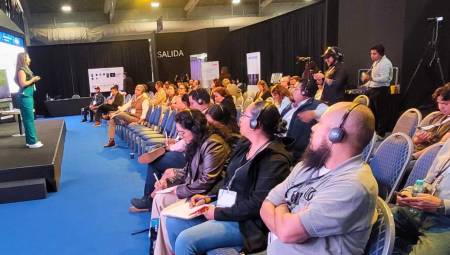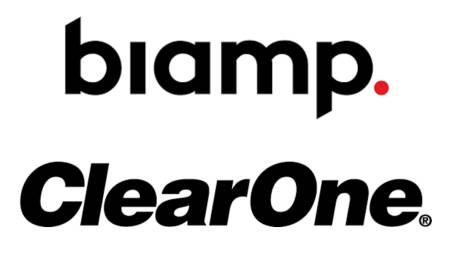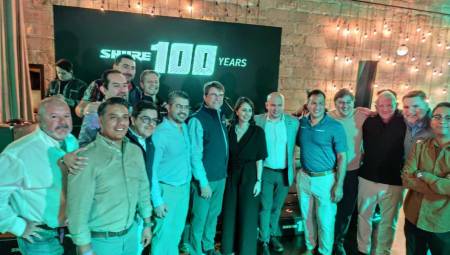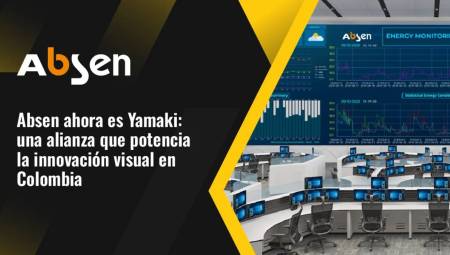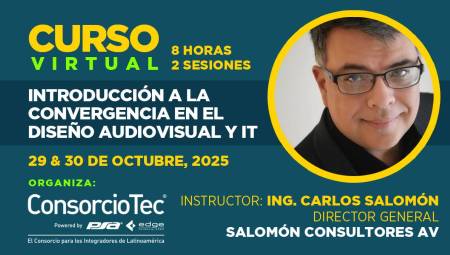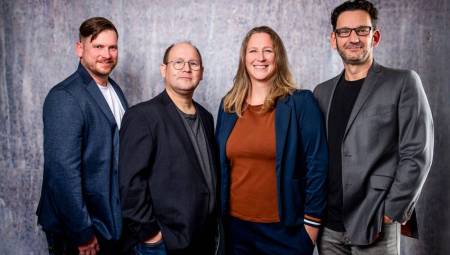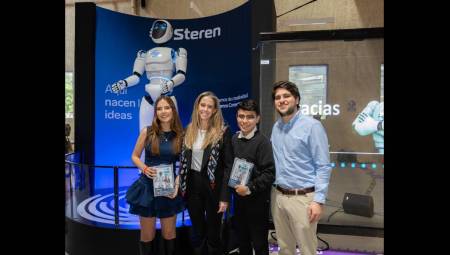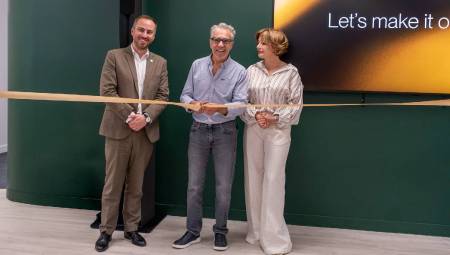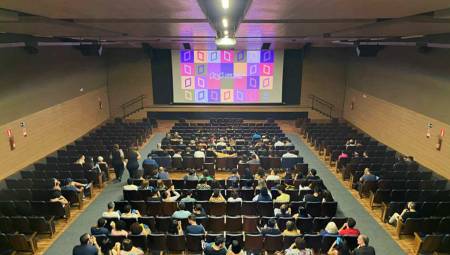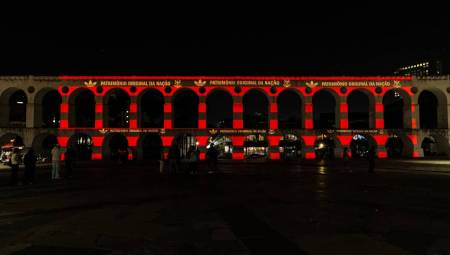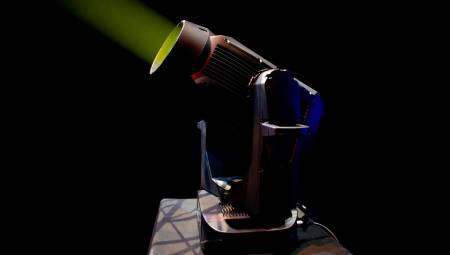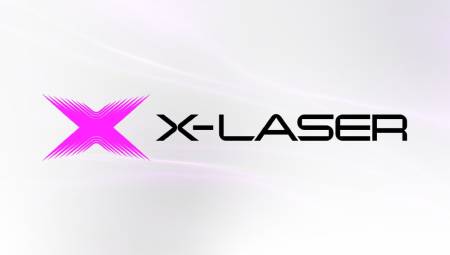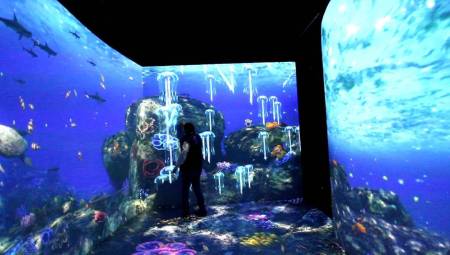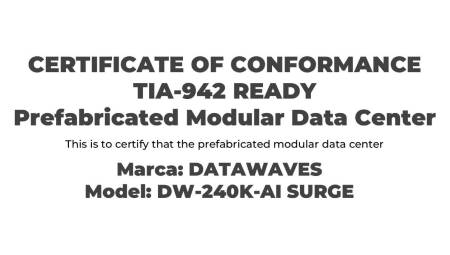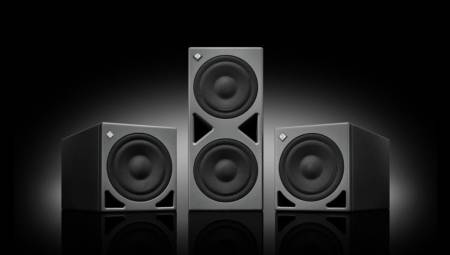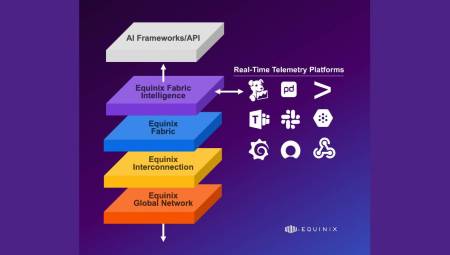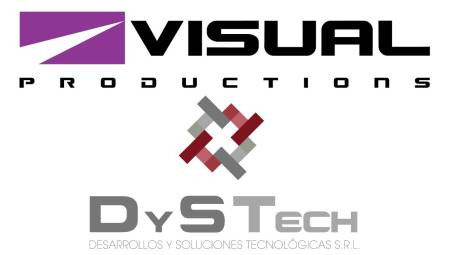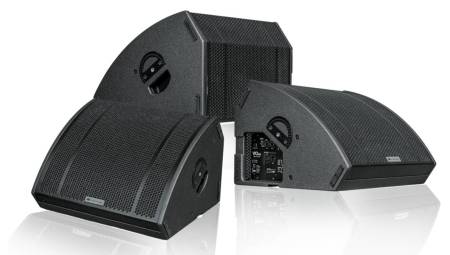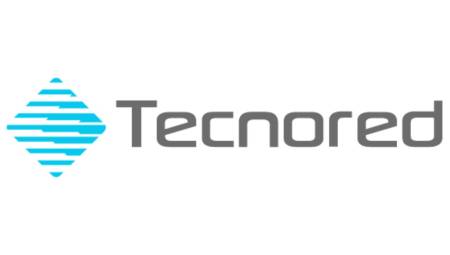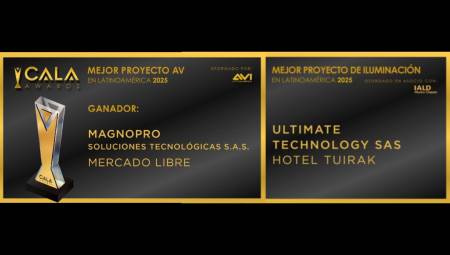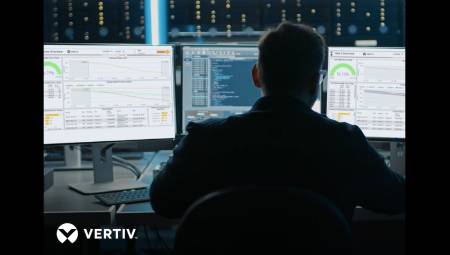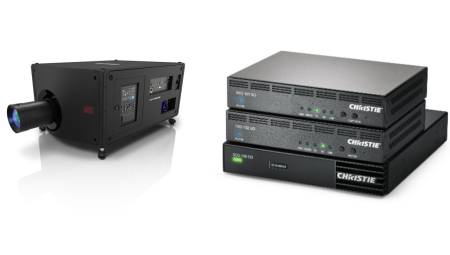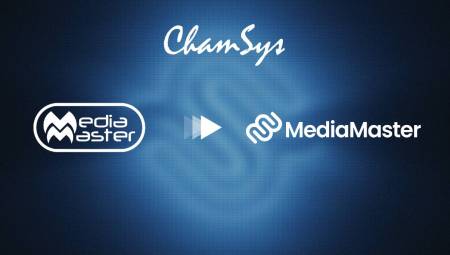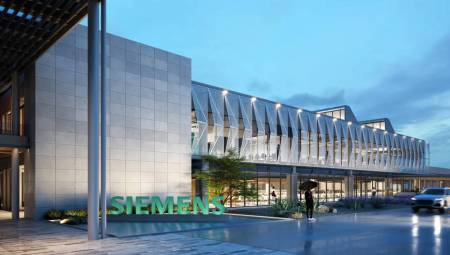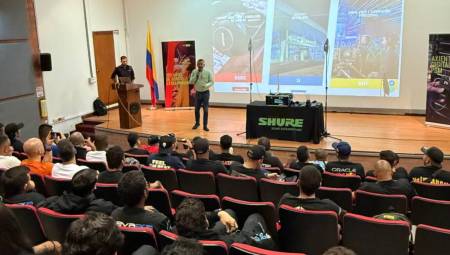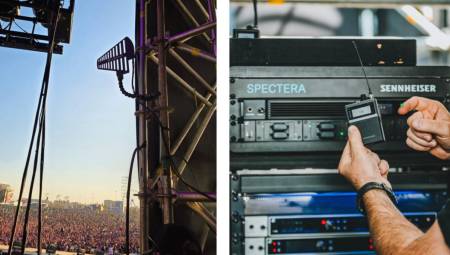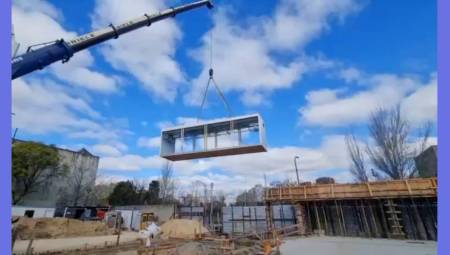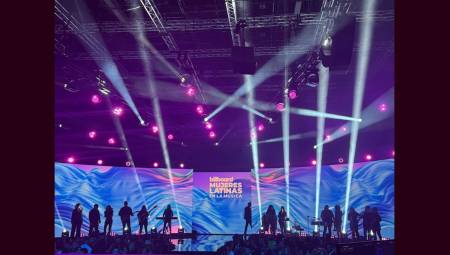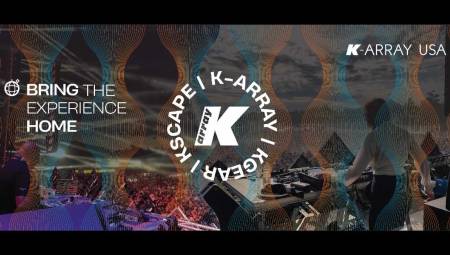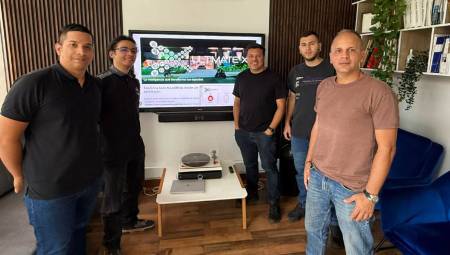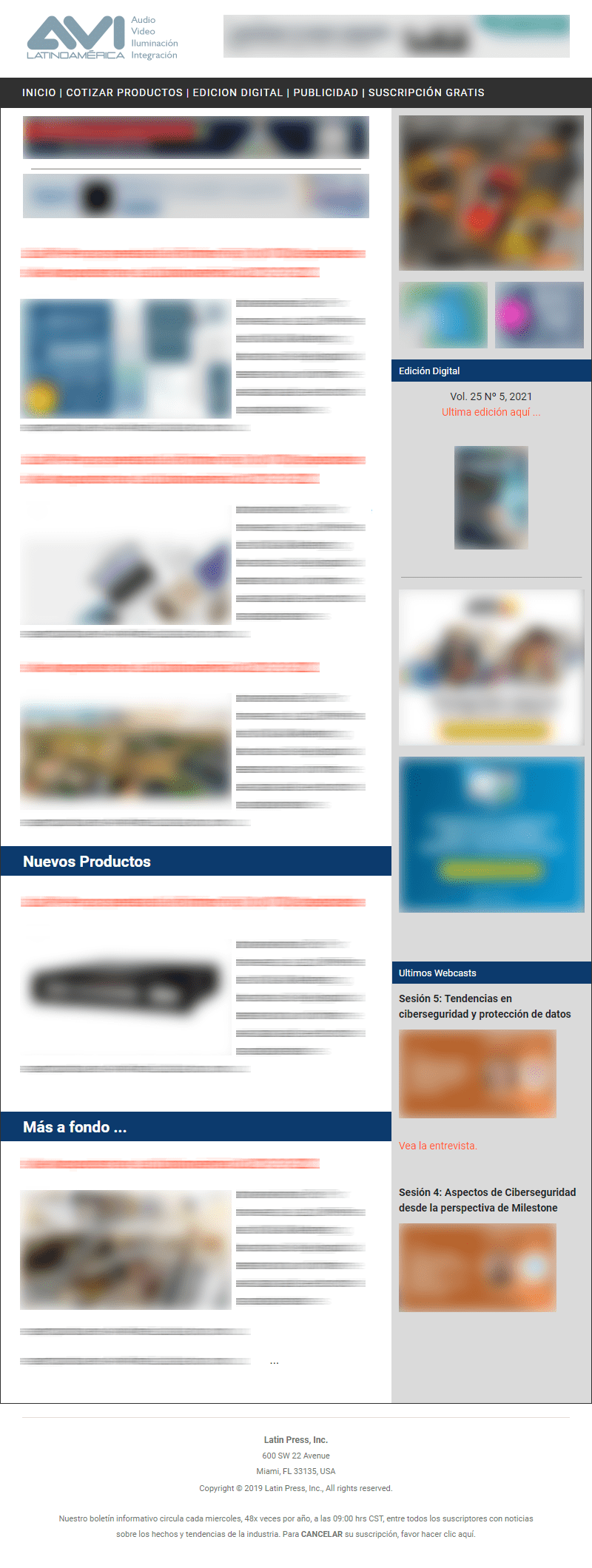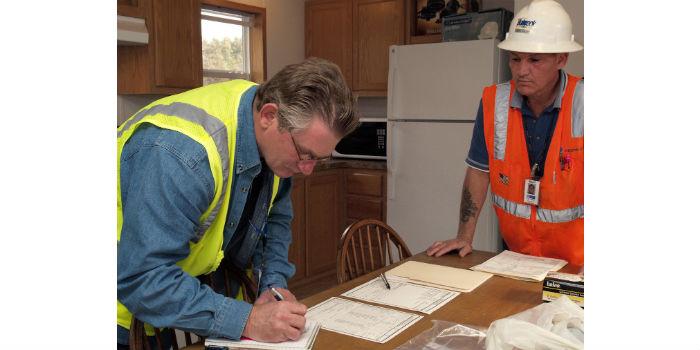 Each person is unique, their personality and relationship with technology will create a special bond with home automation. The designer must be able to read the level of technological relationship of the person.
Each person is unique, their personality and relationship with technology will create a special bond with home automation. The designer must be able to read the level of technological relationship of the person.
Juan Tamayo*
At some point in our lives we have dreamed of having the house of the jetsons, a really smart house, that with just a voice command appears "Robotina", video calls, even flying cars (that's already a lot), but let's be honest, how much of this is possible? How true is it that it can be done? If you have the budget, how should you design a smart home? If I am a user, how do I evaluate if the project that my contractor developed is the one I actually need?
These are questions that must be asked when starting a project of this type, but unfortunately they are not asked and that is why the vast majority of projects fail, generating frustration with technology and inertia towards new projects of this type, even in simpler projects.
As one street poet says, everything starts at the beginning. If the project starts badly, it will end badly. Starting a project is not quoting the best equipment, it is not developing with the best technologies, it is not having the best speech. Basically starting a project for the home is to know the group of users who are going to operate it and their needs, so you can design everything to measure.
Not all homes require complex digital signal processing systems, nor that everything is operated from a cell phone, I find it the most uncomfortable. When you call a contractor to develop your smart home, be sure to make a checklist of complete goals and needs, so when you finish the project you can evaluate and verify whether or not the company met what was promised.
The selected contractor must have experience in home-type projects. On many occasions, contractors who develop corporate projects are called upon to intervene in homes. The big difference between the two is that in corporate, one as a designer already has the design rules pre-established by international parameters, but in the vast majority of home installation companies, these rules do not apply, because the main objective is to install a system that meets the expectations of the end user.
Each person is unique, their personality and the relationship with technology will create a special link with home automation, the designer must be able to read the level of technological relationship of the person, in order to design based on this level.
For example, a person after the age of 50 possesses a lower level of learning than a child and tends to operate systems that are similar to some he has operated. For this type of people you can design graphical interfaces similar to that of ATMs, their level of learning is much simpler than if you design a complex screen with small buttons that this type of user will not understand but that a young child will do easily.
Once the system is designed and in the process of commissioning, usually the contractor will want to deliver as quickly as possible, and will insist that the client receive him to be able to invoice and close the project. My recommendation is when you make the negotiation with the contractor, locate a clause in which after delivering the project has a period not exceeding 30 days to evaluate the system, once this period is completed the remaining missing project is paid (it can be 10%). So you can have a technical visit where you can indicate change recommendations so that you can better enjoy your automation system.
Once the project is finished, it must also have a process of approximately 90 days for programming guarantees, this means that as a user you can count on 3 more months to test and request the necessary changes, thus seeking the complete comfort of the system.
As a designer and being the person who evaluates the homes of friends and family, who do not pay for my services, my recommendations for evaluating automated home systems are:
- Make sure that the electronic audio and video equipment works with the original remote controls and is located in a place where it is easy to find and operate them.
- These controls are delivered by the manufacturer so that their operation is complete, it is not logical to discard or throw them away, even constantly check them to make sure that their battery works, or that they are not sulphating.
- Make sure that the lighting controls have the possibility of being operated manually, either by means of circuit breakers or by pushbuttons. There is nothing more uncomfortable than arriving at home and that its interface is without a battery and can not turn on the lights.
For controls and graphical interfaces I have several recommendations:
• That not all the buttons of the original remote control are there, only the necessary ones should be.
• The GUI (graphical user interface) must have pushbuttons with shortcuts such as function call and quick shutdowns
• The GUI must have direct control of volume level and system mute
• Gui colors should be friendly, grays, blues, blacks are recommended. Avoid white backgrounds because they consume more battery, because they generate more light
• Spaces must be separated in the GUI. For example, if there are different rooms, each should have its own independent operation screens.
• The GUIs must be only graphical interfaces, all the processing must be developed in the controllers, this is to avoid that if the interface is not the room is not inoperative.
As you can see at no time was technology talked or described, since our job as designers is to be able to develop custom projects, and not sell equipment. This article was not written to criticize companies or installers, it is developed to generally a collective awareness of good installation practices in home projects.
*Juan Tamayo is an Application Engineer of Audio-Technica for Latin America (www.audio-technica.com) and has worked in the world of audiovisual systems for more than 10 years working as a designer, controller, installer, consultant and educator. If you have questions or comments, you can write to the email [email protected]


















































